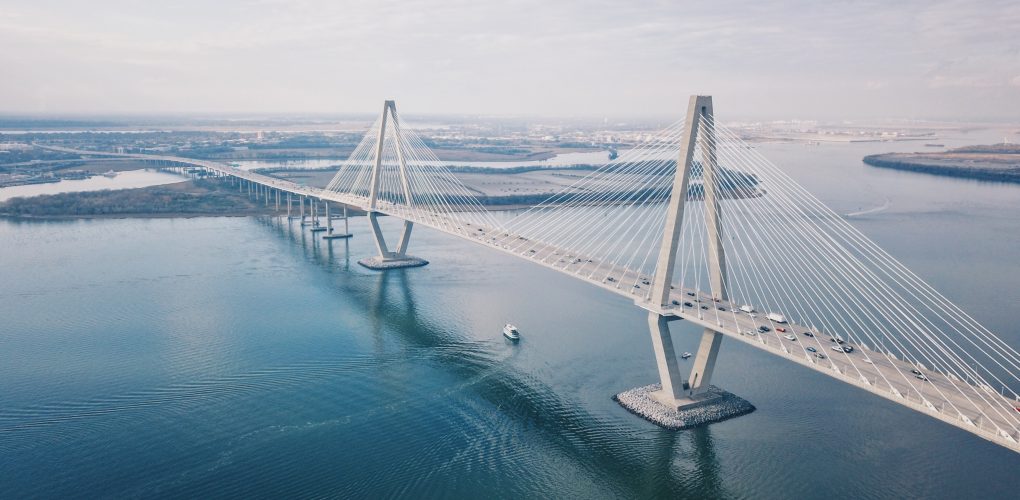Would you like to have a more thorough understanding of all the structural aspects of all the bridges under your care?
How about being able to track wear-and-tear on different types of viaducts, etc. through a single source?
Do you want to monitor changes in structural flaws?
What if you could get alerts that something is wrong before small bridge issues turn into big disasters?
Believe it or not, all these things are possible right now!
A start-up company based in New York and Tel Aviv, Dynamic Infrastructure, has invented a cutting-edge, deep-learning solution for structures like bridges, letting owners and managers have a more complete view and understanding of them. The system provides a clear, three-dimensional look into all aspects of bridges. It sends automatic alerts when changes in condition are detected. The early warnings help prevent larger, more expensive, and more dangerous problems in the future.
Added benefit: For municipalities and authorities that manage bridges, tunnels, and elevated highways, the Dynamic Infrastructure solution can be used on all three.
How the Dynamic Infrastructure technology monitors bridge condition
The company starts every project by collecting pictures of every aspect of each asset from inspections and other sources. The team seeks out all types of images, including ones from cameras, smartphones, drones, X-rays, and laser scans — anything that documents the historic and current condition of the structure.
Next, the Dynamic Infrastructure software compares old images to the new three-dimensional ones captured by their technology. The analysis looks for differences that could point toward structural, maintenance, or operational issues.
One way to think about this technology is to compare it with human MRIs. They help medical professionals find current physical irregularities and health problems in patients and make it possible to track changes over time. This gives doctors the information needed to care for medical issues and understand whether they’re getting better or worse.
Infrastructure problems can be addressed quickly because the Dynamic Infrastructure system makes it simple and seamless to share pictures and other information with stakeholders, including bridge managers, government officials, inspectors, maintenance workers, repair crews, and contractors. There’s no need to patch into other systems.
Tip: Once the Dynamic Infrastructure system finds an issue in a hard-to-reach section of a bridge, you can use BridgeMaster’s cutting-edge lifts to safely conduct inspections and make repairs.
The value of monitoring bridges in real time.
The technology is particularly valuable right now, when government spending on bridges is inadequate and infrastructure is in poor condition. According to a recent study by the American Road and Transportation Builders Association (ARTBA), almost 55,000 bridges in the United States are structurally deficient and in need of urgent fixes. Their average age is 67 years old. In addition, more than 225,000 viaducts are currently in need of some type of repair. The cost to complete all this work is estimated to be more than $170 billion. The situation is comparable for tunnels and elevated highways.
An investment in the Dynamic Infrastructure technology could pay off over the long term. It’s far less expensive to fix small bridge issues compared to waiting for them to become big problems. This could also help prevent major bridge collapses that have become more common over the last decade.
Municipalities and other bridge owners and managers need to figure out whether the return on investment in Dynamic Infrastructure’s technology makes sense for them. Don’t just evaluate the difference between the costs of doing smaller repairs versus larger ones and how much you would spend on implementing the technology across all your assets. Also, look at the impact on things like insurance costs. It’s even more important to consider the benefits to driver safety. Some things, like human life, are priceless.
The system is currently used to monitor bridges and tunnels in the United States, Germany, Switzerland, Greece, and Israel. Soon, you will be able to take advantage of it in your area as well.
Note: Dynamic Infrastructure isn’t just the name of a company. It’s also a field of study that focuses on designing data centers that are scalable based on demand. It’s not directly related to structural monitoring or bridge maintenance. The two should not be confused.

